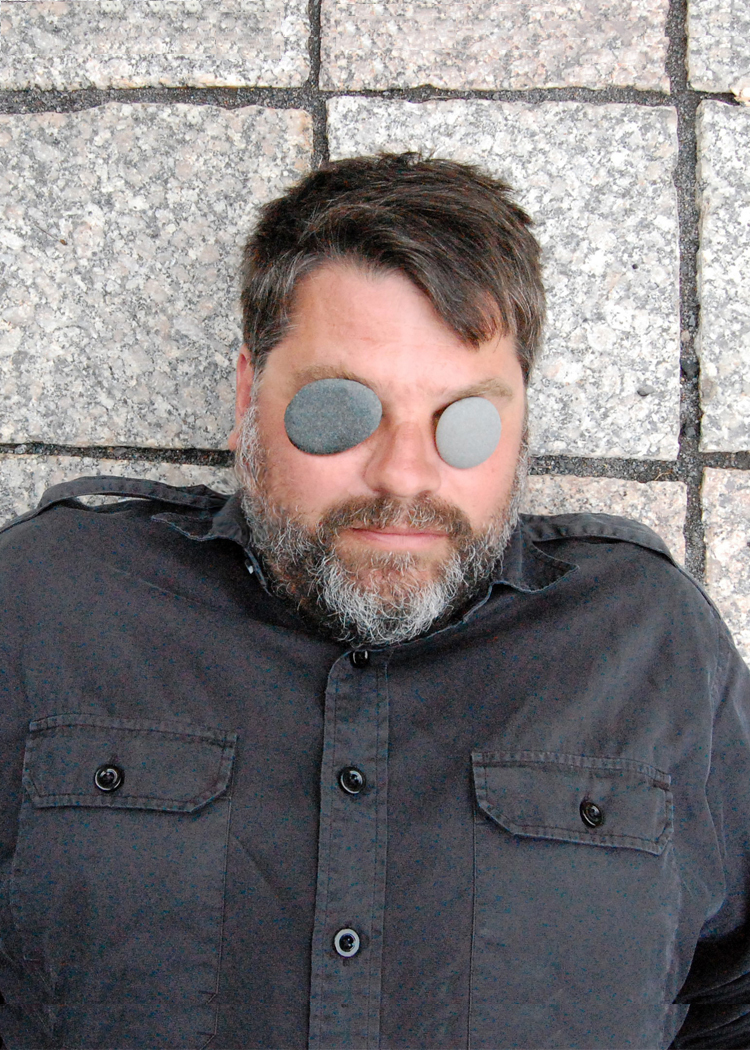Matt Olson established OOIEE (Office Of Interior Establishing Exterior) on 1/1/16 to work on projects related to contemporary art, design and culture. It is a cross-disciplinary, open practice with interests ranging from furniture and objects, actions and scenarios, landscape architecture related work, teaching, writing, publishing, fashion and more. From 2003 to 2015 he was cofounder and creative director of RO/LU. His work has been shown internationally and resides in the permanent collection of the Walker Art Center, as well as many esteemed private collections. He was featured in the book form compendium of the PIN-UP Magazine Interviews and was artist-in-residence at the Robert Rauschenberg Foundation. He's based in St Paul, MN, where he teaches "Towards A Cross Disciplinary, Open Practice" in the School of Architecture at the U of M. In 2016 OOIEE completed projects at the Aspen Art Museum, Etage Projects in Copenhagen and was a visiting artist and lecturer at Cranbrook.
Matt Olson

Rather than choosing a discipline or stated focus, OOIEE has adopted the descriptive term “open practice”. It comes from the belief that the world makes us as much as we make it, and thus trusting the work that emerges, whether commissioned or self-initiated, is an act of poetic surrender that gives life to something that is easy to care about. The philosopher Sarat Majaraj proposes the possibility of engaging with "works, events, spasms, ructions that don’t look like art (design) and don’t count as art (design), but are somehow electric, energy nodes, attractors, transmitters, conductors of new thinking, new subjectivity and action that visual artwork (design) in the traditional sense is not able to articulate.” It's this “in-betweenness” that excites us and by embracing non-knowledge within the very heart of our practice, we are creating a history that we know less about now than we did when we started.